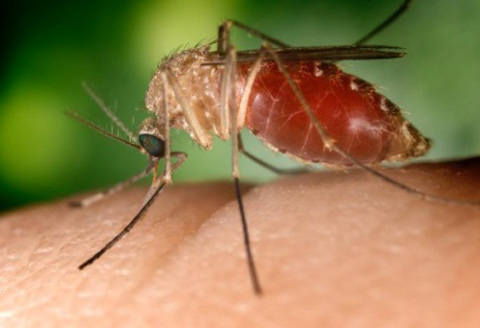Although cases of West Nile virus in humans had already been well-documented in Africa, southern Europe, western Asia, the Middle East, and the South Pacific, the disease entered the public’s lexicon in the U.S. in 1999 when the first isolated cases were reported. Continued media coverage in the United States over the past decade has increased awareness of the virus as a public health issue and spurred further investment in its prevention.
From the genus Flavivirus within the family Flaviviridae, West Nile virus primarily infects birds, but can be transmitted to humans through the bite of an infected mosquito. The virus affects humans in one of three ways:

- About 80% of those infected are asymptomatic
- Others may exhibit a mild condition called West Nile fever that includes flu-like symptoms
- The most severe — and rare — cases produce West Nile meningitis or encephalitis, a reaction to the virus that distresses the nervous system and the brain*
Of the 667 cases of West Nile virus reported in the United States in 2011, 42 resulted in death.*
West Nile virus transmission is ongoing in several European states as well as in some neighboring countries. Confirmed human cases were reported from Italy, Greece, Romania, Hungary, Russia, and Israel in the fall of 2010. In all countries, 453 cases were confirmed and 23 resulted in human death.**
Vector insects
In order for West Nile virus to reach a level that adversely affects humans, mosquito vectors must first transmit the virus to birds that serve as amplifying hosts. Once infected, these birds transfer a strengthened form of the virus to other biting mosquitoes. Those mosquitoes may, in turn, infect additional birds and humans. Humans are considered dead-end hosts of the disease because a mosquito biting an infected human will not ingest enough virus to become infected itself.
Worldwide, more than 40 mosquito species have been found to transmit the virus. Culex species mosquitoes are the primary vectors. In Africa, the primary species is:
- Culex univittatus
In the United States, the primary Culex species of concern include:
- Culex pipiens
- Culex tarsalis
- Culex quinquefasciatus
*Source: https://www.cdc.gov/ncidod/dvbid/westnile
**Source: European Centre for Disease Prevention and Control

Resources
Learn more about West Nile Virus disease
Quick Links
Contact a Valent BioSciences public health representative.
Contact Us